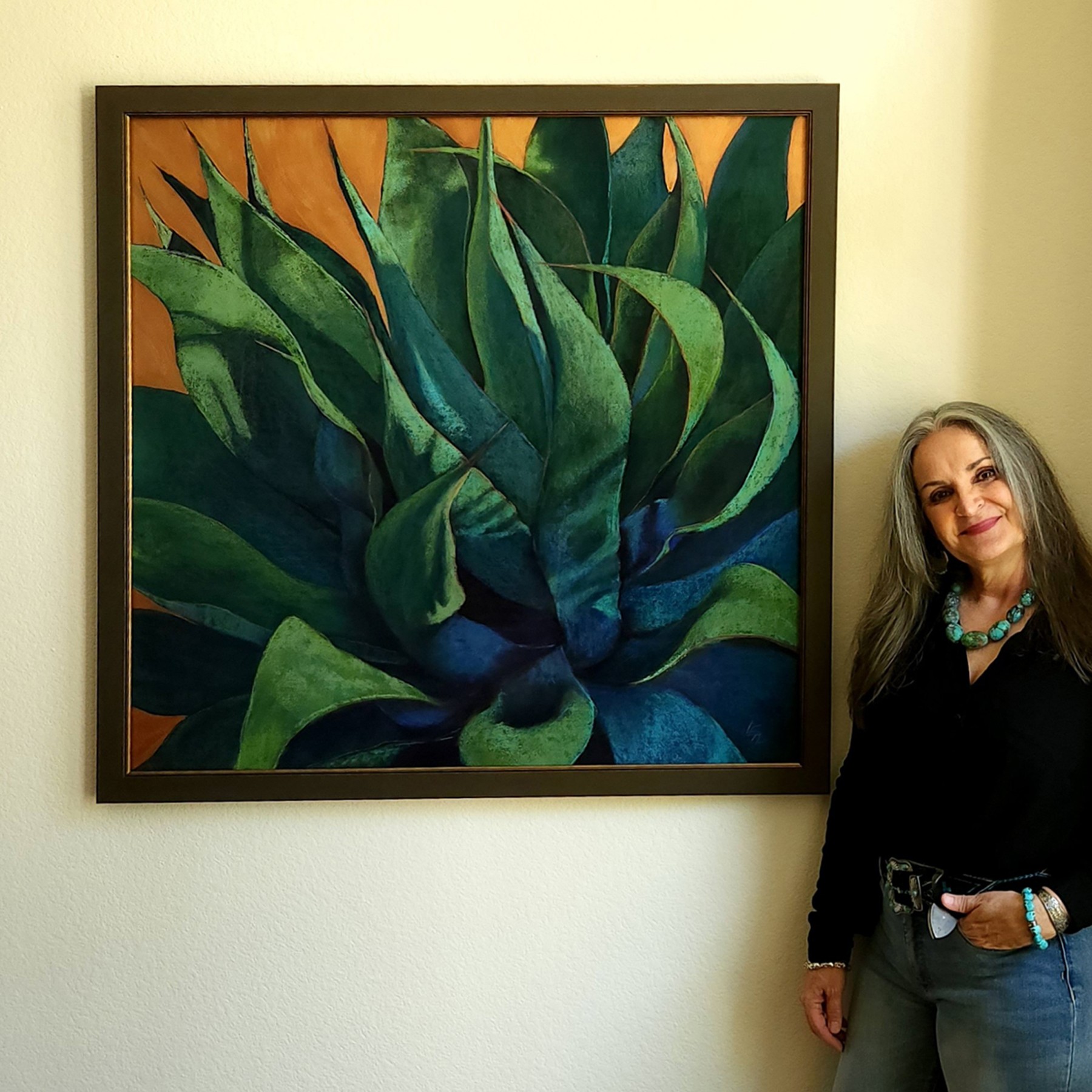We’re excited to introduce you to the always interesting and insightful Anna Lisa Leal. We hope you’ll enjoy our conversation with Anna Lisa below.
Anna Lisa, looking forward to hearing all of your stories today. Can you talk to us about a project that’s meant a lot to you?
I have had the privilege of creating commissioned art pieces that pay homage to the land where my collectors reside. Crafting pieces that celebrate the native flora of Texas is deeply meaningful to me. Unfortunately, Texas, like many other places, is undergoing rapid and often detrimental development. Land is being swiftly acquired by developers, and in many cases, it is stripped bare for dense housing developments or retail spaces. Following construction, water-thirsty lawns and landscaping are installed. It breaks my heart to witness the hills near my home being cleared for such purposes. I am immensely grateful for our small 1-acre space, but that too is being rapidly changed by surrounding development. After 17 years here, I no longer see the wild turkey on my property and the stars are diminishing into pin pricks of light.
My first tribute to a collector’s land was titled “Wanted: Dead or Alive” – a two-painting commission. This collector owns a ranch where agave plants thrive, and seeing them transports her to the serene feeling she experiences when she is there. She discovered my paintings in a public space and collaborated with her interior designer to contact me and initiate the process. Together, we used inspiration from some of my existing paintings into two distinct agave she liked in a format suitable for her large wall space. This required two 5ft x 4ft paintings. One painting depicted the living form of the agave, and the second presented the dead form. The title “Wanted: Dead or Alive” comes from the old west “Wanted” bounty hunter signs. While this project allowed me significant freedom in gestural painting, it also challenged me to explore and develop techniques for working on such a large scale in my preferred medium – pastel. Since the goal was to create two paintings, I worked on them side by side on separate easels to ensure they complemented each other as a pair.
The second tribute I created for a collector’s land was a single large 5ft x 5ft piece named “Spring at Indian Sky Canyon”. It’s genesis began as her home was being constructed. We experienced an unusually wet spring, and her land exploded in wildflowers. I spent evenings on her property photographing the various wildflowers and views. I then composed these images into a single piece, focusing on the wildflowers and plants in the foreground, overlooking the canyon on her land and the hills beyond. This piece challenged me to create a harmonious composition of these diverse elements and to capture the intricate beauty of the numerous wildflowers – white thistle poppies (prickly poppies), purple thistles of two types, Gallardia (aka fire wheels or Indian blankets), wine cups, and more.
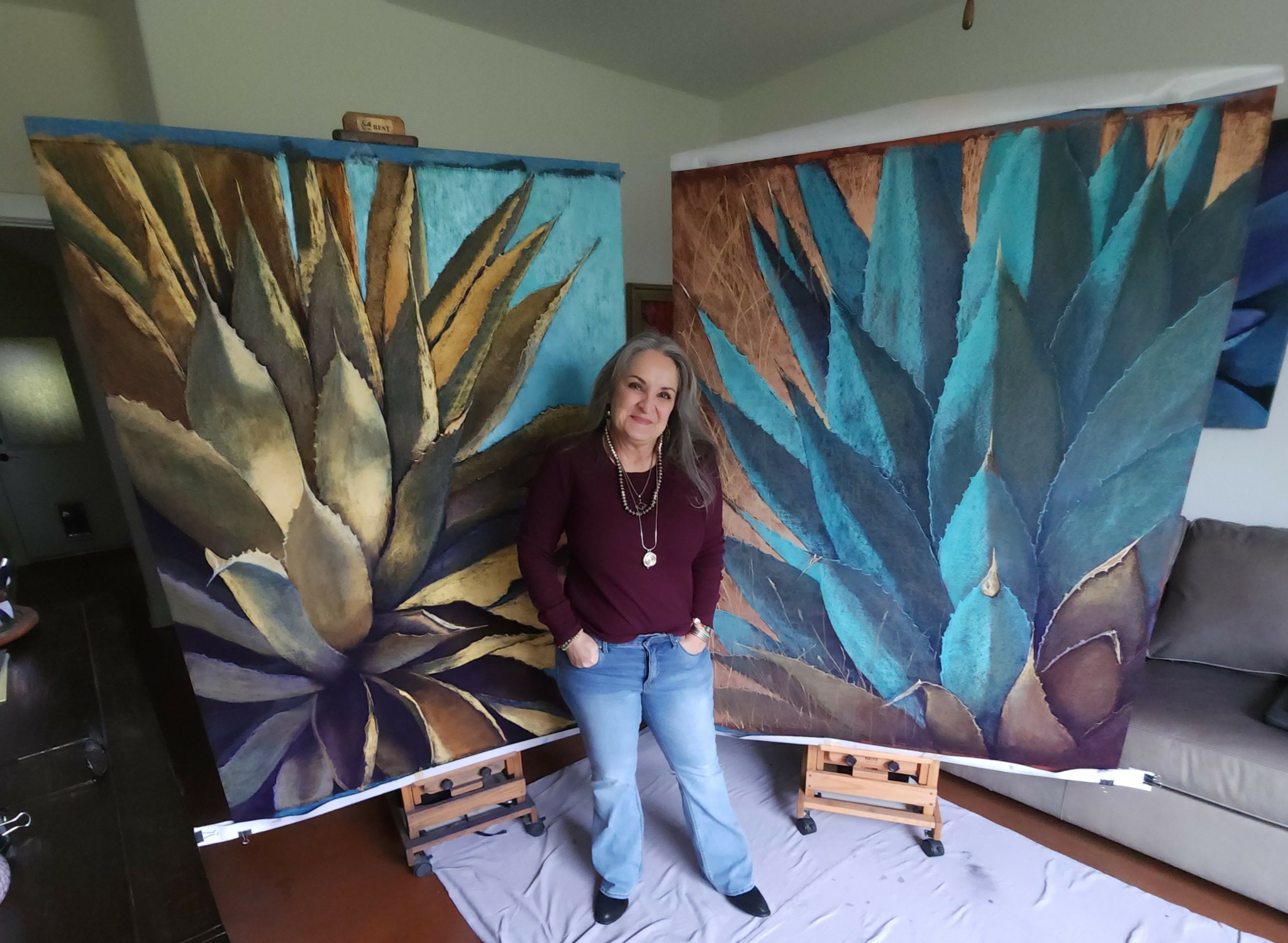
Anna Lisa, love having you share your insights with us. Before we ask you more questions, maybe you can take a moment to introduce yourself to our readers who might have missed our earlier conversations?
I hail from Laredo, located on the border of Texas and Mexico. My childhood days were spent immersed in imagination, playing and drawing under the shade of tangerine trees in our backyard—a setting that felt both magical and grounding. My passion for art blossomed early, evolving into a constant companion throughout high school and into college. During my college years, I honed my skills with graphite and charcoal, crafting portraits that earned me a little extra income and deepened my love for creating.
Despite my artistic talent, I chose to pursue the sciences, a path that revealed an unexpected aptitude for botany in my very first biology course. My ability didn’t go unnoticed, and I was invited to teach the lab portion of that course, a role I held for the remainder of my time on that campus.
In 2013, I had a turning point. Attending a half-day workshop with an artist from the Pastel Society of New Mexico introduced me to pastels—a medium I was skeptical about at the time. Ironically, here I am years later, captivated by their versatility and vibrancy. Workshops with nationally and internationally acclaimed pastel artists deepened my skills and helped me develop my own technique, blending prepared boards, pastel, and other mediums to create the textures and effects I envision.
Botanical subjects became my muse in art as they were in my own gardens. My fascination lies in xeric plants, particularly those thriving in the rugged beauty of the Sonoran and Chihuahua deserts and the Southwestern U.S. The elegance of nature’s design amazes me—the Fibonacci spirals, the leaf arrangements (phyllotaxy) that optimize sunlight. When asked to choose between cacti, succulents, aloe, and agave, agave steals my heart every time. Its stately presence and endless variations in size, shape, and color never fail to inspire me. I’m captivated by the undulating forms of its leaves; the ghostly imprints they leave on neighboring leaves as they unfurl and the bittersweet swan song of its flowering—the agave’s majestic finale before its life fades away.
My connection to xeric botanicals took on profound meaning during a drive through Presidio, along the Texas/Mexico border. I realized that my art reflects home—the landscapes of my birthplace and my early years. For over 30 years, Austin, Texas, and its surrounding Hill Country have been my sanctuary. Today, my studio is near the Balcones Canyonlands National Wildlife Refuge, where I pray we are able to maintain some space where the tranquility of nature fuels my creativity.
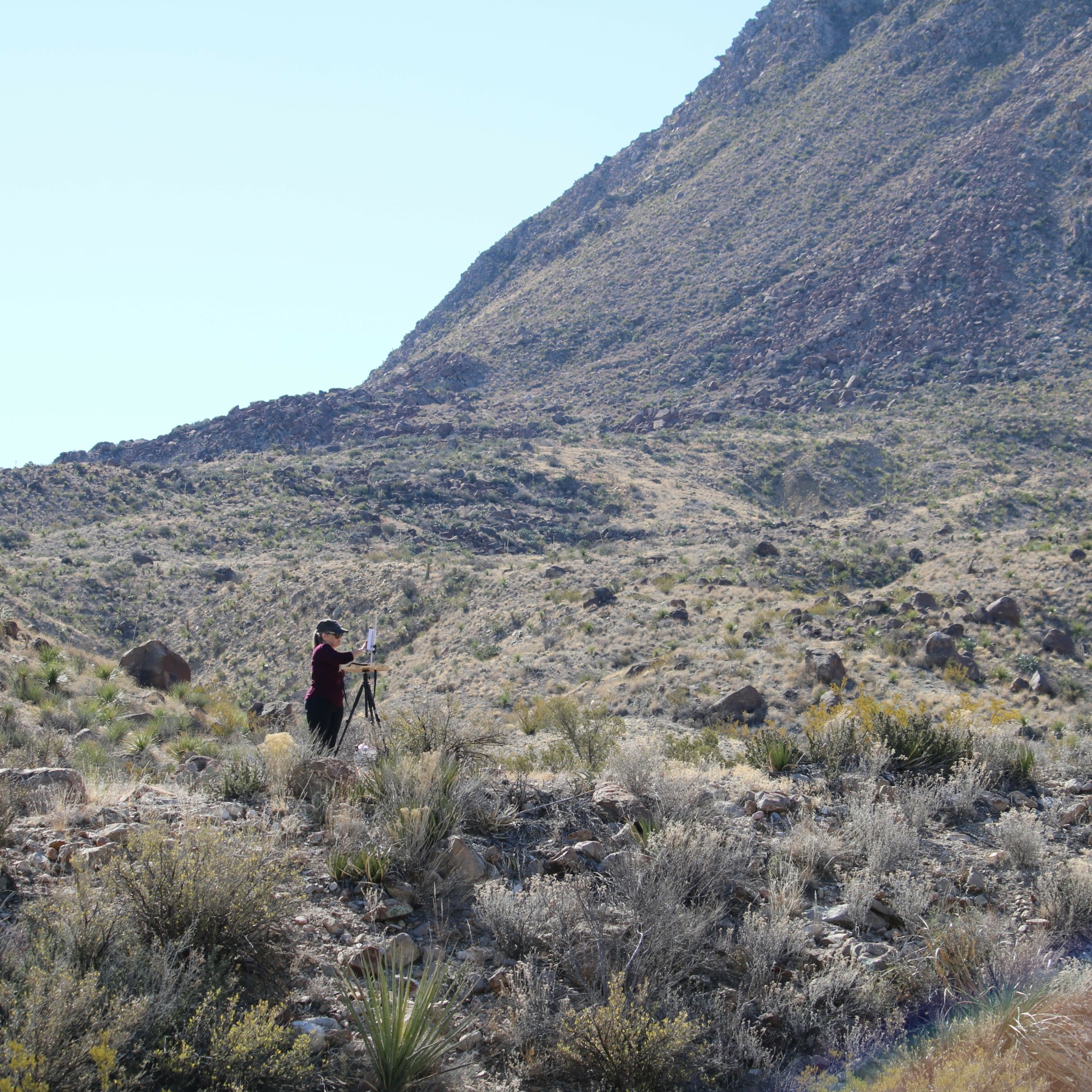
What’s the most rewarding aspect of being a creative in your experience?
My greatest pleasure as an artist is to create happiness for others through my work, capturing the beauty of the botanical wonders of the deserts. While many artists focus on the vast desert landscapes, I aim to highlight the intricate patterns and minute details of nature that often go unnoticed.
I am particularly honored when my portrayal of the dead and drying forms of desert plant life resonates with my viewers, collectors, and followers. One of my favorite projects involved painting a dead agave in Fort Davis, Texas. I created three pieces: “From Dust Thou Art,” “And Unto Dust Shalt Thou Return,” and “Remember You Are Dust.” The dried leaves of the agave develop exquisite wrinkles and wood like grain as they desiccate. To me, this symbolizes memories or remnants of the past. Just as humans carry emotional scars and memories, the agave wears its history on its leaves. As gardeners, we often remove these dried leaves, but I believe in honoring the age and journey of the plant. The painting “And Unto Dust Shalt Thou Return” was named a top 100 Finalist in Southwest Art Magazine’s Artistic Excellence International Competition in 2022.
Sadly, our culture tends to hide the signs of aging, pulling, injecting, and concealing wrinkles instead of venerating the wisdom and experiences they represent. Through my art, I hope to inspire a deeper appreciation for the beauty in aging and the stories it tells.
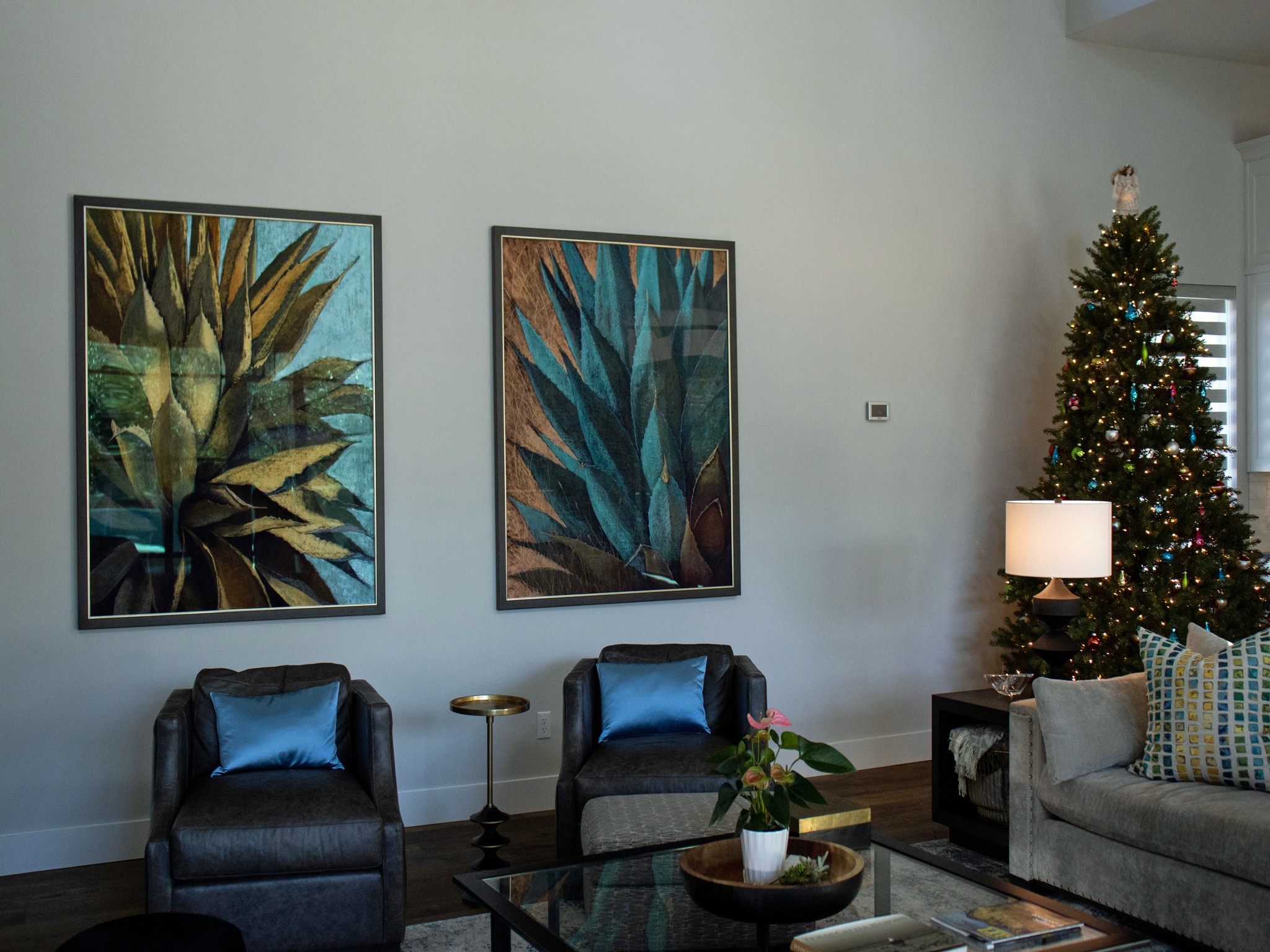
In your view, what can society to do to best support artists, creatives and a thriving creative ecosystem?
The best thing anyone can do for an artist is to share and credit our work with others and help us to create a wider audience. While it helps to support us financially to create more when our work is purchased, you may not have to make those purchases yourself if you don’t have the space or means at the time.
Contact Info:
- Website: https://www.annalisaleal.com
- Instagram: https://www.instagram.com/annalisalealartist/
- Facebook: https://www.facebook.com/annalisalealartist/

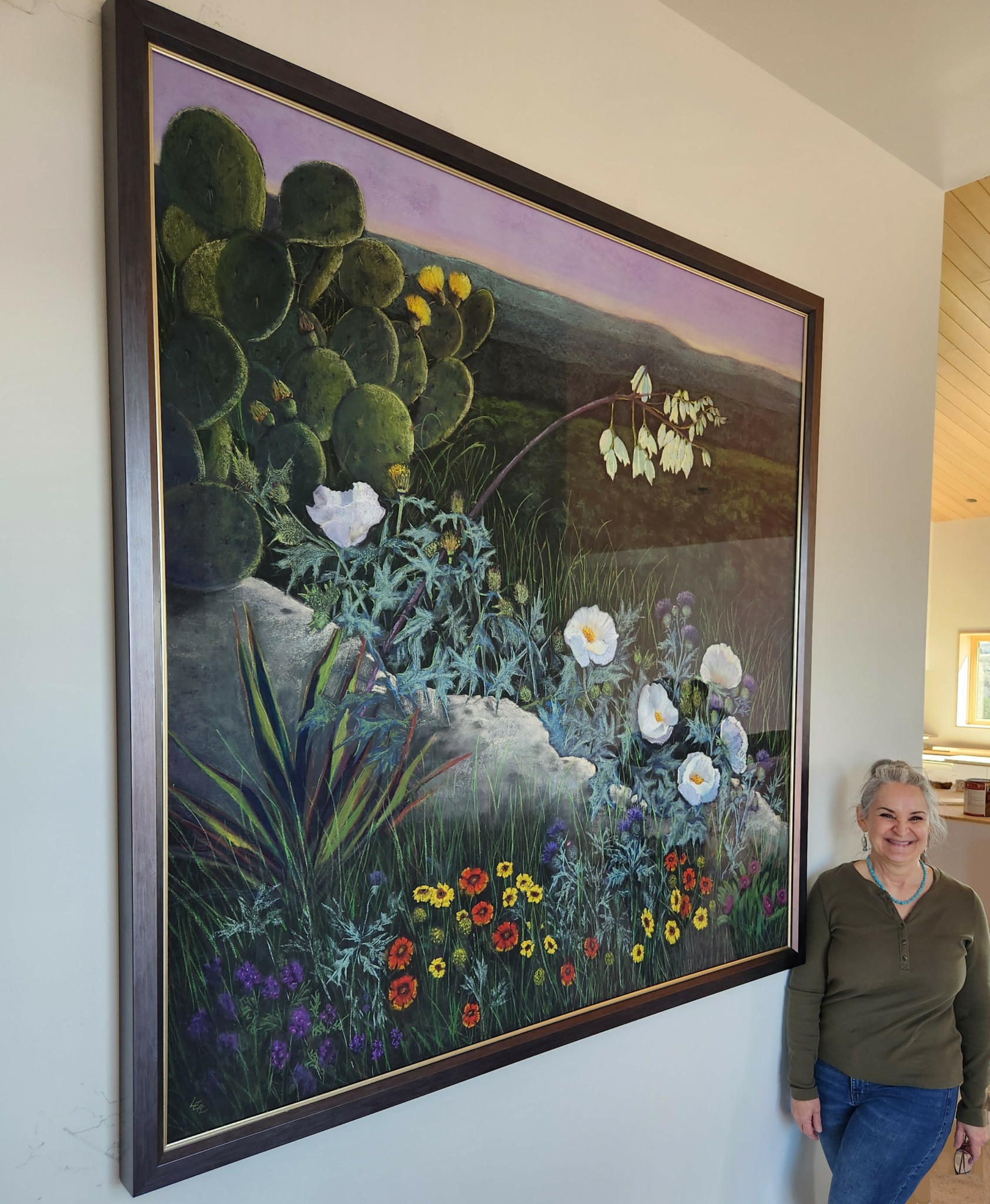
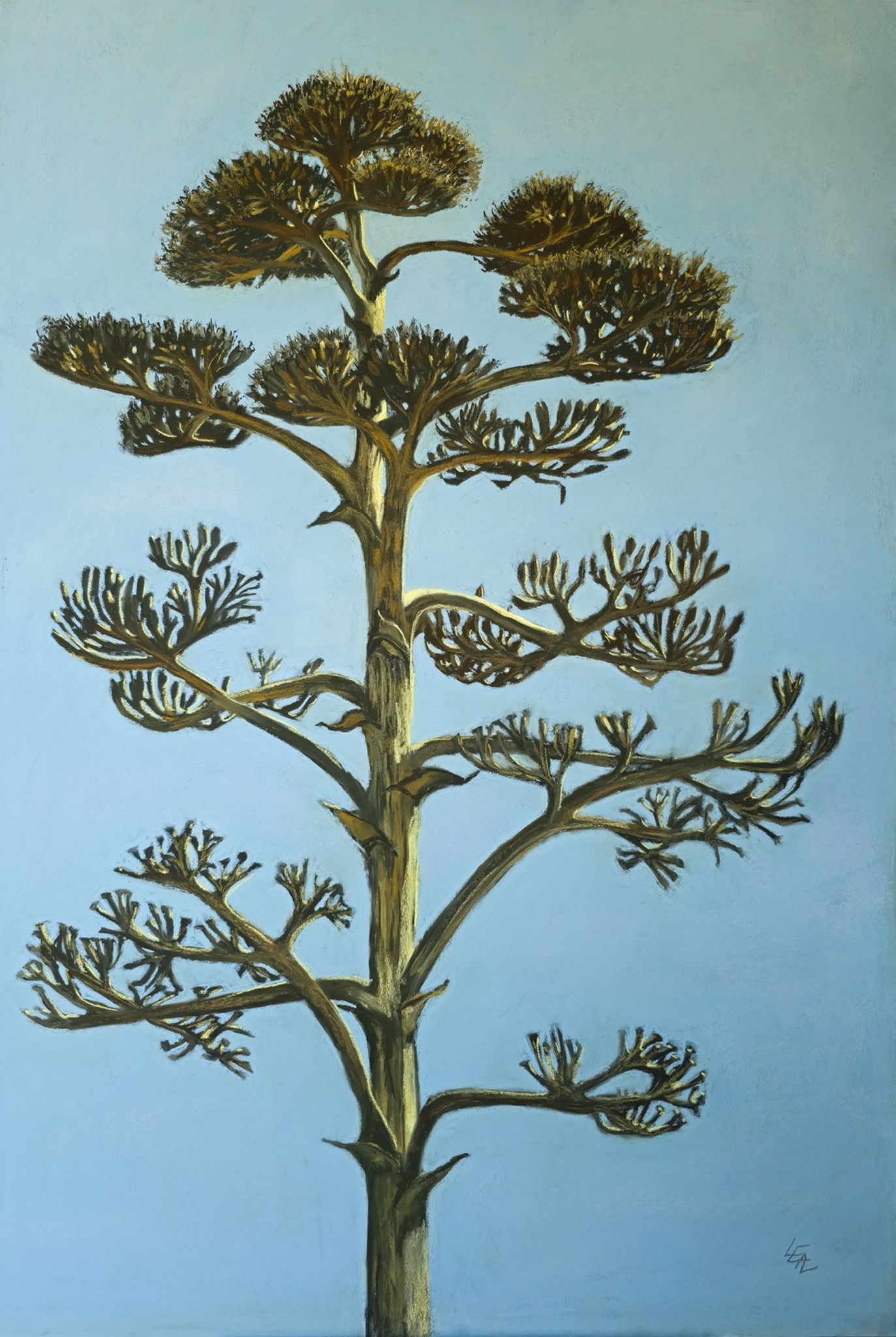
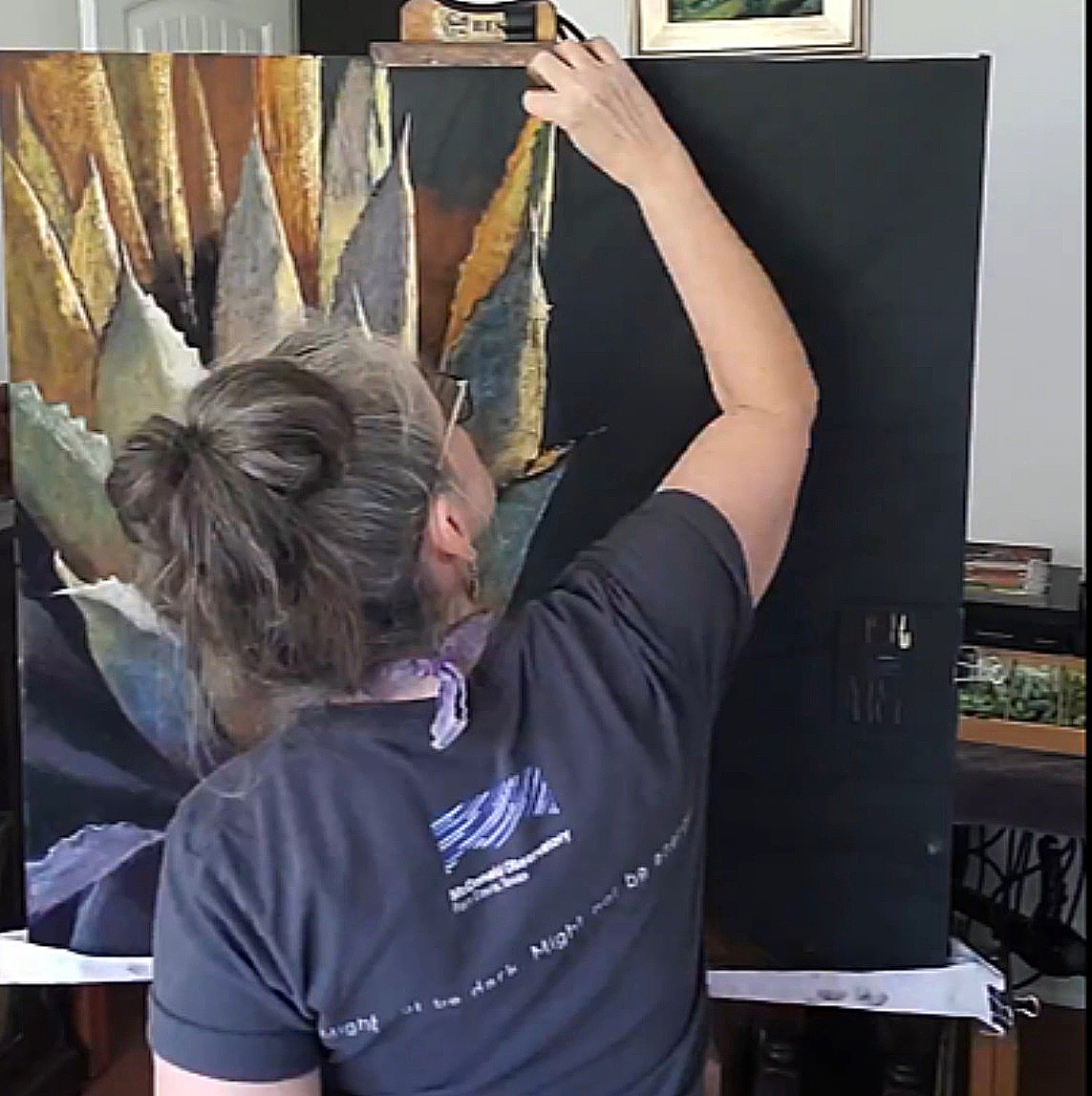
Image Credits
All images are my own


